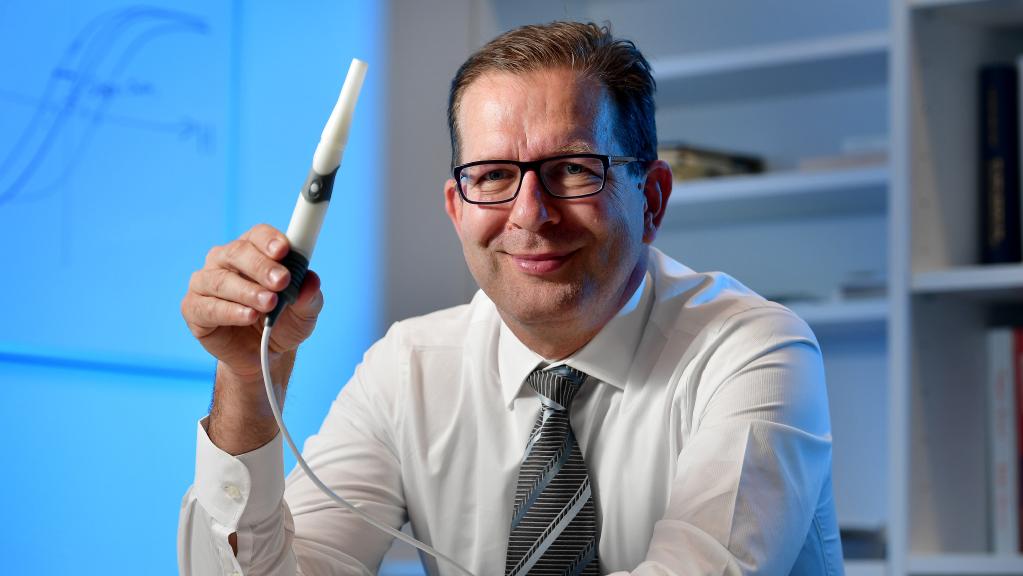Signostics co-founder and former chief operating officer Stewart Bartlett has been named chief executive of Ferronova, a spin-out from the University of South Australia.
Ferronova is in the process of commercialising a magnetic probe and magnetic nanoparticles for detecting the spread of head and neck cancers.
In August, Mr Bartlett quit Signostics, which makes mainly handheld ultrasound bladder scanners and is currently managed out of the US.
He remains a shareholder of the company he co-founded in 2005, and which attracted US$35 million from KKR in 2015.
Ferronova is based on research by University of SA and Victoria University in New Zealand and has the backing of major IP investor, Powerhouse Ventures.
“The intellectual property built into Ferronova’s unique nanoparticles is quite strong given its global application and the business model is also quite attractive,” Mr Bartlett said.
“The purpose of our technology is to enable surgeons to accurately assess whether cancer has spread from a primary tumour with minimally invasive methods (leading to fewer side effects), especially in head and neck cancer.
“Cancer will spread through the lymphatic system via lymph nodes, of which there are 500-700 in an adult, and up to 300 in the neck area.
“The head and neck cancer market alone is worth hundreds of millions of dollars globally and if we take in other cancers, it can range in billions,” he said.
Ferronova makes tiny magnetic nanoparticles that are about 1/200th the size of a white blood cell. The nanoparticles will be supplied on a per patient basis.
“There is also significant opportunity to address an unmet clinical need that can dramatically improve lives of patients diagnosed with cancer,” Mr Bartlett said.
Traditionally, once a primary tumour is found in the head and neck region, a number of lymph nodes are removed surgically to test for spread of cancers, leaving patients open to serious side effects.
Ferronova’s highly magnetic nanoparticles are injected by cancer surgeons into a primary tumour, which then follow the body’s natural lymphatic pathways which are also the pathways for cancer metastases.
Ferronova’s technology is less invasive due to targeted surgery to remove nodes to test for cancer.
Trials will begin first on patients at Royal Adelaide Hospital next year and then be rolled out to centres in the US and Europe.
Mr Bartlett is spearheading efforts to raise $5 million from venture capital investors to get necessary regulatory approvals and the trials.
HOW IT WORKS
■ Ferronova’s magnetic nanoparticles are provided as a sterile injectable solution.
■ A cancer surgeon injects the particles around the primary tumour, and allows a short time for the particles to drain to the closest lymph node (sentinel node), which would be the same node that cancer would spread to.
■ MRI can be used to accurately visualise the nanoparticles, and the surgeon can use Ferronova’s handheld magnetic detector to locate and remove the sentinel lymph node, which can then be checked for cancer.


